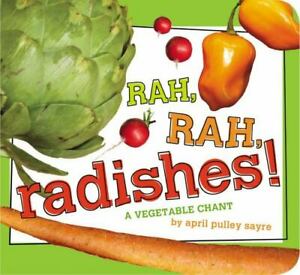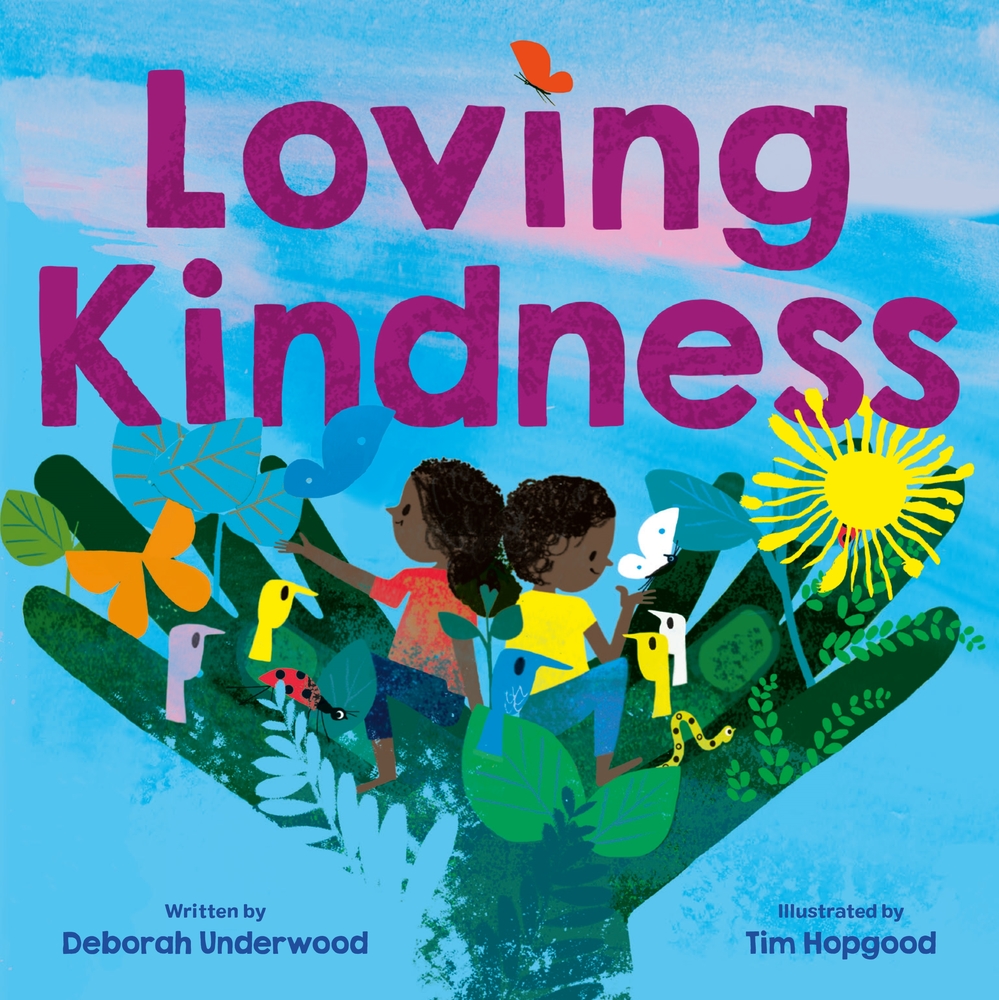When the Rain Came Down

I’ve been a fan of author/illustrator Leslie Helakoski for a long time. She’s incredibly creative, kind, talented, and she’s been a generous mentor for many years. I asked her about one of her newest picture books, WHEN THE RAIN CAME DOWN, illustrated by Keisha Morris, and this is what she told me.
“I grew up watching the ups and downs of the bayou next to my house. But as more and more oil companies marched into Louisiana, diverting the Miss. River and its silt, affecting the marshes and coastlines, we saw higher and higher water and bigger storms coming toward land unimpeded.
My book, WHEN THE RAIN CAME DOWN, is in part about Hurricane Katrina, which was followed by Rita in 2005. But flooding is not always due to a hurricane and flooding can happen in every state of the union.
Years after those storms, I was trying to write a story about a family that was over-the-top friendly and invited everyone over. But my mind kept coming back to people who opened doors to those in need during the floods.
As a writer, I was fascinated by up and down rhythm of it all. The rain coming down water rising up and then eventually, the people rising up, the sun rising up, communities rising up.
It made me cry. And write.
Since then, I’ve learned more about restoration projects along the Gulf Coast. You can find many of them on my website: helakoskibooks.com
What can we do?
Be conscious of planting native plants and grasses wherever you live. Use natural products, and support “green” organizations.
Do not buy cypress mulch –we need those trees to slow down storms.
Weather disasters often leave people needing help–and not only during floods. I hope kids will see the power we have and will one day reach out to others and say COME OVER.”
This beautiful book is essential not only for children who’ve lived through natural disasters but for all of us witnessing what is going on in our world. May we all remember to reach out and say COME OVER. Thank you, Leslie Helakoski!
Read MoreI Am Odd, I Am New

When Benjamin was ten years old, he wrote a poem about what it’s like for him to live with autism and be surrounded by kids who don’t always understand. This book is his poem, “I Am Odd, I Am New”. It’s beautiful and poignant and wonderful for discussion.
“I am odd, I am new.
I wonder if you are too.
I hear noises in the air.
I see you don’t, and that’s not fair!
I want to not feel blue.
I am odd, I am new….”
After sharing this book, encourage kids to write their own poem, rhyming or not, about what it’s like to be them. If kids get stuck, return to the words and art in this book. How are you like Benjamin? How are you different? “Odd and new” aren’t necessarily bad things – these things can be great! Do we want to write a poem together in which odd and new are seen as wonderful?
April is World Autism Month. I’m reminding myself to work for acceptance, not just awareness, and to presume intelligence, especially in nonspeaking people. For insightful reading, pick up “Ido in Austismland” by Ido Kedar and “The Reason I Jump: The Inner Voice of a Thirteen-Year-Old Boy with Autism” by Naoki Higashida. These are brilliant books written by two nonvocal young men who gave me really interesting perspectives on what it’s like to live in a world without an easy means of communication.
Read MoreApril: Poetry, Earth Day, and April Pulley Sayre
April Pulley Sayre, a gift to the children’s literature community, passed away recently. In honor of her and her incredible legacy of picture books, I’m sharing a previous post. Look at all the ways you can use her books to teach in the most engaging ways!

I had the pleasure of speaking at an early education conference where our theme was literacy and science. I brought stacks of books that tie into STEM (Science, Technology, Engineering, Mathematics) or STEAM (add Art) to share. Rather than just lecture all day, I led a session of “speed-dating” books: we’d spend a few minutes skimming a book and brainstorming ways to use it with students, share our ideas with the group, and pass the book along. This way, we had time to get our hands on over a dozen books and walk away with practical classroom applications. I was so inspired by the fantastic ideas the teachers generated! Here are a few ideas we came up with after reading Rah,Rah, Radishes! A Vegetable Chant by April Pulley Sayre:
Bring in vegetables found in the book. Sort the vegetables by color and by size.
Classify and sort vegetables by the parts we eat: root vegetables, leaves, etc. Read Tops and Bottoms by Janet Stevens as a tie-in text and talk about which vegetables would be “tops” or “bottoms” according to Hare.
Predict which vegetables will sink or float. Test predictions in a tub of water. Wash the vegetables and talk about textures.
Use the vegetables to make prints.
Compare and contrast with fruits.
Weigh and measure the vegetables. Use a vegetable as a measuring tool.
Take photos of vegetables and label them. Reread the book and have students hold up the corresponding photos.
Make a chart or a Venn diagram with the terms “raw” and “cooked”. Try some vegetables both ways and chart our preferences.
See what other vegetables besides potatoes can be delicious mashed (great for little ones to do the mashing!)
Bring in potatoes with “eyes” sprouting and bring in vegetable seeds. Compare seeds and sprouts, then plant!
Make an edible collage with vegetables.
Practice patterning skills like ABAB, etc. with bite-size veggies and eat when done.
Plan a field trip to a farmer’s market or invite a farmer to come to the classroom for more vegetable experiences.
If you’re interested in the list of science books I shared, please email me at kristenremenar AT gmail DOT com. If you like Rah, Rah, Radishes! A Vegetable Chant, be sure to check out Go, Go, Grapes! A Fruit Chant and Let’s Go Nuts! Seeds We Eat also by April Pulley Sayre. Hooray for early science!
Read MoreLoving Kindness For Us All

Loving Kindness written by Deborah Underwood and illustrated by Tim Hopgood is the perfect book for December. No matter what the faith of your students, this book shares a message we all need to hear.
“You are beautiful just as you are. You are loved, and you love.” We see a sweet baby who grows and is connected to the big sister, who is loved and who loves. We see the animals who are connected to these humans, also loved. We see that everyone feels the sun’s warmth and admires the moon, everyone is loved and loves.
There’s also the message that we all make mistakes, and it’s okay because that’s how we learn. Take inspiration from Tim Hopgood’s beautiful art that includes speckles of paint. Using brushes and sponges, students can paint themselves doing something they learned that was once hard to do. Unintended droplets add to the beauty of their work.
I wish you all a happy 2022 filled with Loving Kindness.
Read More






